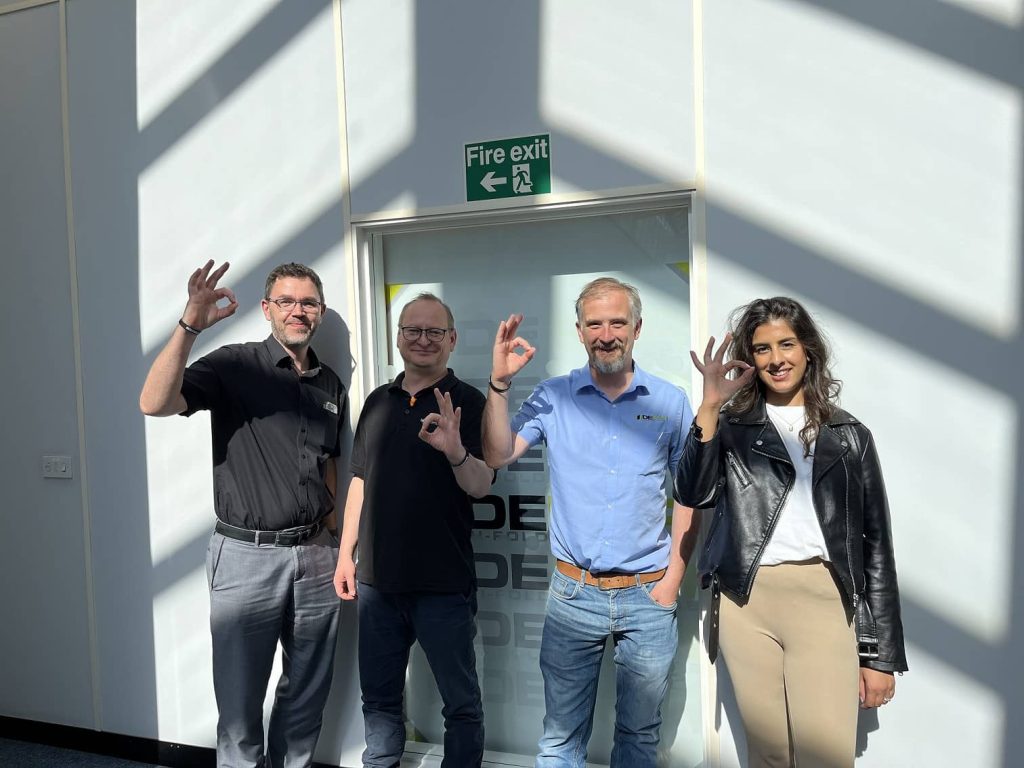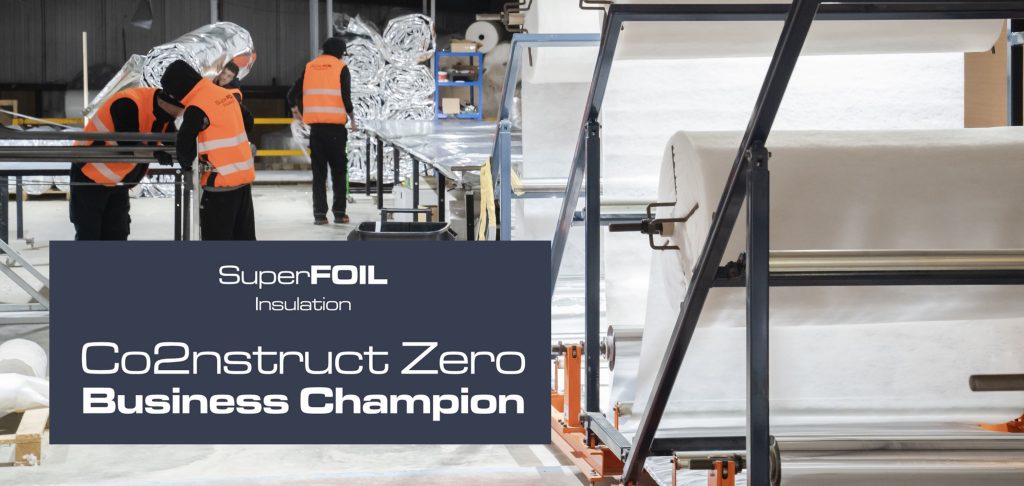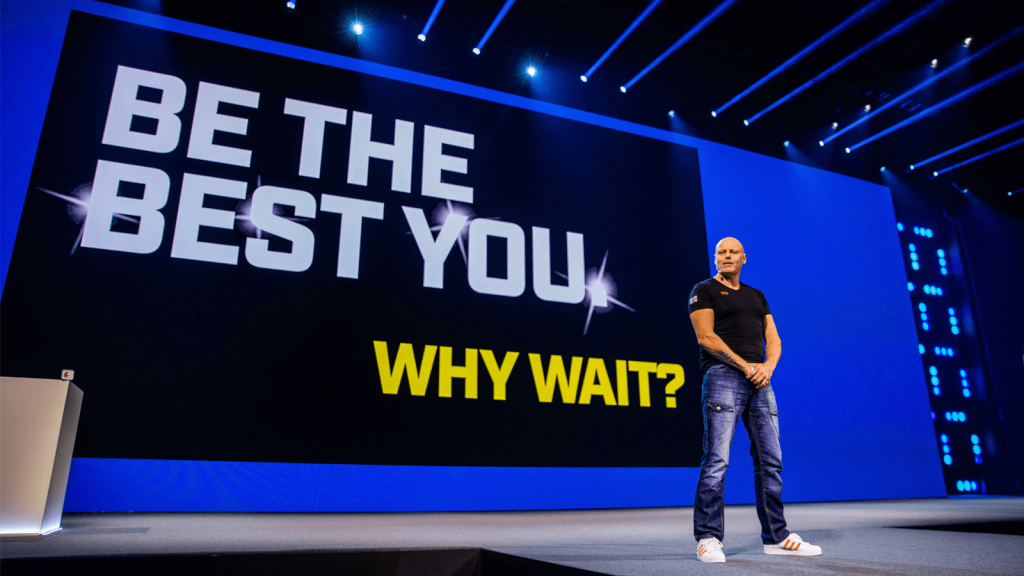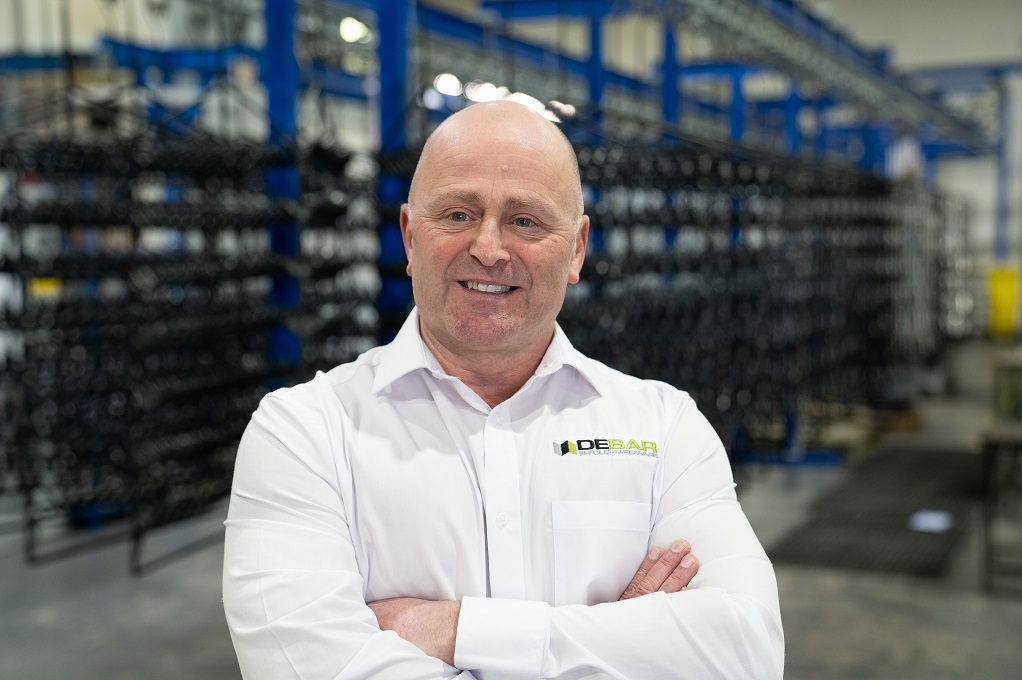Leading the way with BIM

 Sophie (SS): What are the main benefits of BIM and why do you think the adoption of BIM technology is so important for UK construction?
Sophie (SS): What are the main benefits of BIM and why do you think the adoption of BIM technology is so important for UK construction?
Alex (AS): BIM offers tangible supply chain benefits; utilising 3D modelling, structural data and working collaboratively saves time and reduces costs. Inefficiencies and errors in design and construction can be found and corrected early, improving productivity and speed of construction. Designs can be optimised (more easily) for energy consumption and operational efficiency, driving down the cost and resource intensity of managing assets.
To begin a construction project now without wanting to adopt modern, sensible, digital methodology (BIM) would be like asking your wedding photographer to use a 35mm film camera – paper output, no data, inflexible format, errors found too late, expensive to amend and it all ends up in an archive box in the loft after two years.

SS: How does the UK compare to the rest of the world on its uptake of BIM?
AS: The UK was one of the first out of the blocks when it came to the adoption of BIM. There is no doubt that the UK government’s decision to mandate BIM level 2 for all government procured projects after April 2016 was a huge driver for the UK industry, however, the practical adoption by government bodies has not been as impressive.
When I left Arup in 2003, we had 3D structural analysis tools, 3D AutoCAD, Common Data Environments, we were generating 3D virtual walkthroughs for clients and working collaboratively was the buzz phrase. We are now 15 years on and although designers have fully embraced the technology, further down the supply chain the adoption has been lacking.
One of the reasons for this is that manufacturers are very confused (and rightly so) about what they need to provide to the market, in what format and how.
The lack of a marketplace product template tool (LEXiCON for the UK) has been a disappointment, as that would have at least given manufacturers a starting point (the data attributes they need to provide for their products).
In many other countries, particularly in mainland Europe, they have started from further behind but many have caught up and some are now overtaking the UK. The Nordic countries have a good grasp on what is required and work very well in sharing knowledge. The Germans, Dutch, Swiss, French and Spanish are also now generating the tools they need and responding to the challenge.
SS: What is the Tata Steel DNA Profiler?
AS: The challenge manufacturers face is that no matter whom you ask (an architect, a client, an engineer, a contractor), they will all tell you they want something different when it comes to product data.
Some want a 3D object (a graphical representation of the product), some want just data, some want the data embedded in the object and some just want a COBie file. Others want a high level of detail for the object, some want a low level, some want a huge range of data, some just want enough to identify what the product is, some want it in Revit, some ArchiCAD, some Allplan or Tekla, it’s a complete minefield.
The DNA Profiler has been designed to allow users to access exactly what they want, when they want it, to the level of detail they want, in the format they want. It is designed to minimise data overload and will allow users, at whatever stage they are in the construction process, to retrieve the exact level of BIM data they require.
It is a flexible web-based tool, which hosts over 6,100 of Tata Steel’s European construction brand products – including Celsius, ComFlor, Kalzip and Catnic products – in all relevant BIM software formats required, to ensure complete interoperability. The BIM objects are available in a large range of native formats including Autodesk Revit, ArchiCAD, Tekla, Allplan and Trimble SketchUp. All objects are generated ‘on the fly’ in these formats making them fully parametric.
It also provides users with the option to download data sets, 3D objects or both combined, to help functionality. Users can also find a product by filtering on product data and performance characteristics – allowing them to access the data they need in the correct format and tailor it specifically to meet Employer Information Requirements (EIR).
SS: How does it make accessing Tata Steel’s BIM data easier?
AS: The user is able to search for the product they want using a variety of filters. For example, they can search for composite wall panels by selecting a preferred U-value (thermal transmittance), or a composite deck by choosing a structural depth.
At the moment, we are developing plug-ins for Revit, ArchiCAD, Allplan and Tekla that will enable all of this information to be available in the CAD tools that designers use, meaning they won’t need to navigate away in order to get the information they require.
As we move forward, these plug-ins will be developed to include configuration and design capability and hopefully, linked to other manufacturers’ databases to enable assemblies/systems to be generated.
SS: Why did Tata Steel decide to launch its BIM DNA Profiler now?
AS: We have been developing it, on and off, for about a year. We had to stop development for six months as we needed to find a company that would enable parametric objects to be generated on the fly – we found that company (CADENAS) and so could finish the tool.
We hope to package the DNA Profiler up and offer it to other manufacturers (under licence), as there are huge benefits to having all product data being available in the same way.
SS: You have mentioned the need to support SMEs within the construction supply chain – has the DNA Profiler been designed with SMEs particularly in mind?
AS: It has been designed and built primarily to help Tata Steel provide their customers with the information they need. That said, as we have been developing it, we have realised that it would be a very useful tool for other manufacturers and potentially benefit SMEs hugely – particularly in helping them do the first few steps in getting their data digitalised and available flexibly for the market.
SS: At the Profiler’s launch, concerns were raised over the security of online data. Are there any specific plans in place to tackle this?
AS: This is an important issue; we are working with IBM to ensure that security issues are addressed.
SS: The DNA Profiler is described as ‘the start of the Tata Steel digital revolution’. How far has it been ‘future-proofed?’
AS: The DNA Profiler is being launched in “Beta” because this is a journey that, at the moment, we can see no end. We have at least 30 developments lined up and find new ones weekly.
Once manufacturers start making data available in formats people need it in, there are many opportunities to develop tools that help both our customers and us internally to deliver value.
SS: What is next?
AS: To develop the DNA profiler, adding functionality such as design and configuration, online technical specification generation, online quotations, product tracking, automated information updates, remote data (linked to a component but not embedded) and much, much more.




















